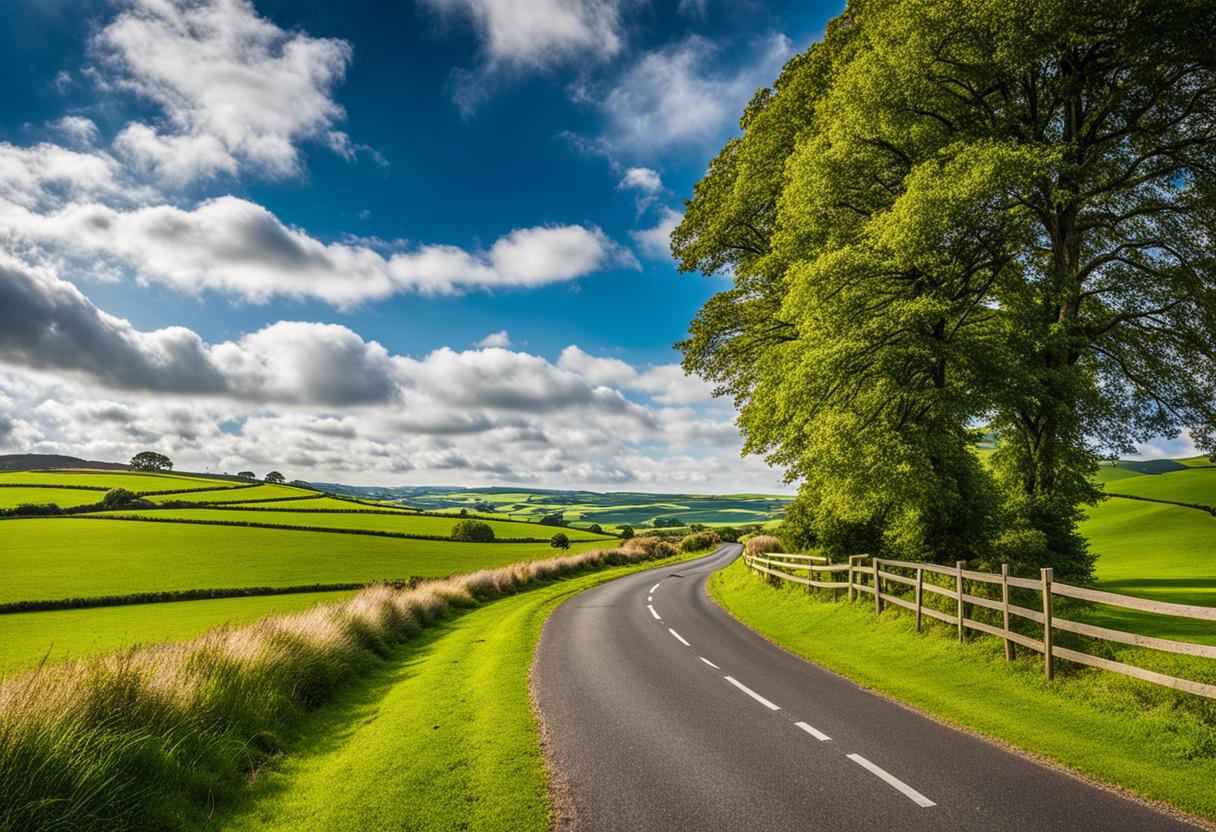During my recent weekend journey through ten counties in Ireland, I noticed that industrial farm equipment is increasingly becoming a problem. A prime example is the escalating size of tractors which is a well-documented issue. In some cases, the machinery they haul happens to be even larger.
This problem became particularly evident during my drive from Monaghan to Galway last Saturday. Much to my frustration, I found myself stuck behind what I later discovered was an integrated baler wrapper, while en route to a dental appointment. This particular machine model came equipped with state-of-the-art features, facilitating a fully automated baling and wrapping process. However, the complex technology also contributed to its sizeable bulk.
The size of these balers often made the designated two-lane roads seem too small, with a portion of the machine often encroaching on the other lane causing discomfort to oncoming cars. Even more challenging was trying to overtake these behemoths when stuck behind them. On one occasion, I found myself stuck behind a pair of such balers forming a hinderance in my path. Although the leading driver kindly hugged the sideline to give me room to overtake, his companion wasn’t quite as considerate. Much to my frustration, the second driver maintained a pace that was simultaneously slow enough to irritate and yet fast enough to deter passing attempts, leaving me in a state of on-edge tension until he eventually exited the route.
Another interesting observation during our trip was unique to Connemara, where it seemed more common to be impeded by campervans rather than agricultural machinery. Whilst on Omey Island, we even saw one of the more quirky traffic blockades frequented by Ireland’s roads.
Omey, as some might be aware, is a peculiar island that separates from the mainland during high tide, twice a day. At its ebb, it is accessible through a noticeable, hard-sand pathway. Unfortunately, our arrival was too late to witness this. Although the sea was not crashing in forcefully, it was gradually filling up from all sides, carving out a slender channel. Still, one could attempt to drive halfway. However, as per common occurrence, a car was spotted unprepared for the incoming waters, its passengers have overstayed their time on the newly formed island. It was instinctual to label them as “stranded.” Upon reconsideration though, their predicament stemmed from an abrupt absence of beach.
Later during the weekend, I visited the much famed Poulnabrone Dolmen in Burren. It initially seems a tad underwhelming due to the rear approach, revealing a transparent view that resembles a tiny, fossilised dinosaur skeleton. It’s only as you move towards the far side that the renowned profile comes into view, labelling it as Ireland’s most picturesque portal tomb. The adjacent limestone flooring is equally noteworthy. In spite of the prevalent rocky surface, the area was teeming with vibrant wildflowers: spring gentian, wild thyme, bloody cranesbill, milkwort, common violet, and plenty others. While the list was borrowed from a close-by sign, I’m confident they were present.
I recently received a complaint from a reader in Cartegena regarding my incorrect usage of the verb “to weave.” According to Terry Woods, I had unfortunately joined the ‘instant past’ group by using ‘weaved’ in an essay in the Irish Diary, which was regrettable.
Despite intertwining myself with questionable company, regardless of the past tense, I’m unclear on the mistake in using “weaved.” I hope Mr Woods doesn’t think that “wove” or “woven” are more appropriate? According to Fowler’s Dictionary of English Usage, these terms are correct only when “weave” is used to refer to fabric production.
When the verb implies repetitive side-to-side motion or navigating through or around obstacles, Fowler’s dictionary indicates “weaved” as the accepted past tense and participle.
In the given instance, the verb ‘weave’ referred to my manoeuvring of a car amidst road debris. Nonetheless, reflecting on the previous weekend, I can assert that I weaved a path across the less-travelled roads of Connemara and the Burren.
Meanwhile, although it might be a point of discussion, even the textile mills of Galway and Clare can’t lay claim to having ever woven a path. However, I wouldn’t put it past American tourists to be enticed into purchasing one, should it exist.

